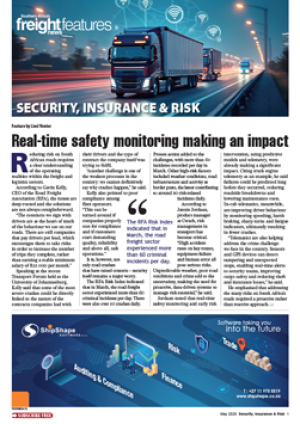With full container load (FCL) rates on the increase, less than container loads (LCL) for ocean freight are increasing in popularity because it now makes more sense to ship smaller parcels — frequently driven by e-commerce — in a consolidated container.
This is the view of Peter Tirschwell of IHS Maritime & Trade who highlighted in a blog that with last year’s soaring airfreight market defined by e-commerce, and LCL ocean shipments propelled by growth in small package shipments, 2017 was arguably the year when e-commerce most significantly impacted the entire supply chain.
According to Tirschwell, until recently, LCL shipping represented less than 20% of total seafreight volumes as it was still cheaper to ship a small consignment as an FCL even if was the only parcel in a 40-foot container. “With full container load rates headed higher, albeit in fits and starts, LCL is drawing greater attention,” Tirschwell said.
One shipper FTW spoke to agreed, pointing out that globally even big-box retailers were unwilling to trade in big orders with the supplier on an FCL basis. He said growing e-commerce, shifting source trends and the rise of emerging markets were all driving increased LCL demand.
“E-commerce squeezes inventory and drives supply chain optimisation, resulting in smaller and more frequent shipments. Consignees are very conscious about their assets and their inventories; they want to stay lean and mean,” he said. Chris Folayan, CEO of one of Africa’s biggest crossborder trading platforms, the Mall for Africa – which is helping local producers sell their goods online to global consumers – said Africa’s e-commerce market was estimated to be worth about $24 billion and was growing about 25% per year.
“In emerging markets, many retailers cannot afford to buy in the large volumes usually shipped to developed economies,” he said.
Many retailers cannot afford to buy in the large volumes usually shipped to developed economies. – Chris Folayan

